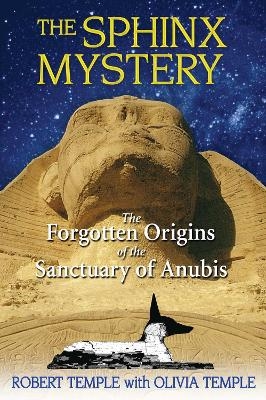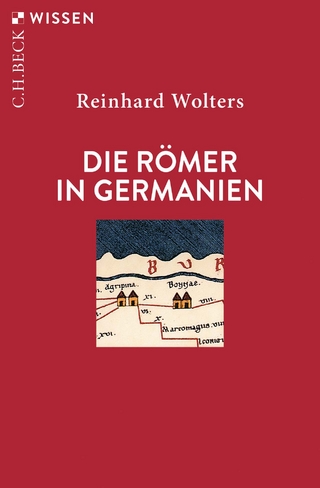
The Sphinx Mystery
Inner Traditions Bear and Company (Verlag)
978-1-59477-271-9 (ISBN)
- Titel wird nachgedruckt
- Portofrei ab CHF 40
- Auch auf Rechnung
- Artikel merken
Shrouded in mystery for centuries, the Sphinx of Giza has frustrated many who have attempted to discover its original purpose. Accounts exist of the Sphinx as an oracle, as a king’s burial chamber, and as a temple for initiation into the Hermetic Mysteries. Egyptologists have argued for decades about whether there are secret chambers underneath the Sphinx, why the head-to-body ratio is out of proportion, and whose face adorns it. In The Sphinx Mystery, Robert Temple addresses the many mysteries of the Sphinx. He presents eyewitness accounts, published over a period of 281 years, of people who saw the secret chambers and even went inside them before they were sealed in 1926--accounts that had been forgotten until the author rediscovered them. He also describes his own exploration of a tunnel at the rear of the Sphinx, perhaps used for obtaining sacred divinatory dreams. Robert Temple reveals that the Sphinx was originally a monumental Anubis, the Egyptian jackal god, and that its face is that of a Middle Kingdom Pharaoh, Amenemhet II, which was a later re-carving. In addition, he provides photographic evidence of ancient sluice gate traces to demonstrate that, during the Old Kingdom, the Sphinx as Anubis sat surrounded by a moat filled with water--called Jackal Lake in the ancient Pyramid Texts--where religious ceremonies were held. He also provides evidence that the exact size and position of the Sphinx were geometrically determined in relation to the pyramids of Cheops and Chephren and that it was part of a pharaonic resurrection cult.
Robert Temple is visiting professor of the history and philosophy of science at Tsinghua University in Beijing, a fellow of the Royal Astronomical Society, and member of the Egypt Exploration Society, Royal Historical Society, Institute of Classical Studies, and the Society for the Promotion of Hellenic Studies. He is the author of 12 books, including The Sirius Mystery, Oracles of the Dead, and The Genius of China. He and his wife, Olivia, also translated Aesop: The Complete Fables. They live in England.
Introduction by Olivia Temple
Introduction by Robert Temple
1 Sphinx Obsession
2 The “Secret Chamber” beneath the Sphinx
3 An Amazing Survival
4 The Face of the Sphinx
5 The Sphinx as Anubis
6 Sphinx Island
7 The Sphinx and the Giza Plan
8 The Golden Angle of Resurrection
Accounts of the Sphinx from Roman Times to 1837
S e c t i o n 1
Accounts of the Sphinx from Roman Times to 1798
S e c t i o n 2
Accounts of the Sphinx from 1800 to 1837
A p p e n d i x O n e
Excavations of Monsieur Mariette at the Great Sphinx
By Auguste Mariette
Translated by Olivia Temple
A p p e n d i x T wo
Concerning the Age of the Sphinx at Giza
By Ludwi g Borchardt
Translated by Rob ert Temple and Eleonore Reed
A p p e n d i x T h r e e
Sphinx
By Jam es Burton (1822)
A p p e n d i x F o u r
A Description of Giambattista Caviglia’s Excavation
of the Sphinx
Translated by Stefano Greco
A p p e n d i x F i v e
Scientific Visual Documentation of the Sphinx
N o t e s
I n d e x
| Erscheint lt. Verlag | 25.2.2009 |
|---|---|
| Co-Autor | Olivia Temple |
| Zusatzinfo | 338 color and b&w illustrations |
| Verlagsort | Rochester |
| Sprache | englisch |
| Maße | 152 x 229 mm |
| Gewicht | 667 g |
| Themenwelt | Geisteswissenschaften ► Archäologie |
| Geschichte ► Allgemeine Geschichte ► Altertum / Antike | |
| ISBN-10 | 1-59477-271-1 / 1594772711 |
| ISBN-13 | 978-1-59477-271-9 / 9781594772719 |
| Zustand | Neuware |
| Haben Sie eine Frage zum Produkt? |
aus dem Bereich


